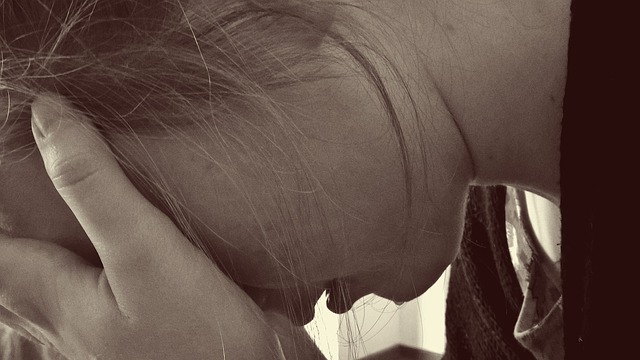An international group of researchers compared suicide rates before and after the airing of the Netflix show ‘13 Reasons Why’ to try and understand reasons for suicide in youth.
The airing of the Netflix series, ‘13 Reasons Why’, caused a media storm, both from the content of the series itself and the implications of the content. The 13-part series follows the reasons for a 17-year-old girl’s ultimate suicide. Copycat suicide is a well-known phenomenon in the study of psychiatry, and is referred to as ‘suicide contagion’. This risk of suicide in the show’s viewers caused the media storm about the implications of the content and prompted researchers to try and determine whether the show promoted suicide in youth after it was watched.
To make an objective comparison of suicide rates, researchers needed to determine when the show was most watched. Netflix policy precludes it from releasing viewing data, but researchers were able to tap into social media discussions about the show and determined that there was the most public interest in April 2017. Suicide rates in different age groups of youths and adults were then compared before and after this time to see if there might be any correlation. The results of the study were published in JAMA Psychiatry.
Suicide rates were higher in the time period following the show’s airing
There was a 21% increase in suicide rates in girls aged between 10 and19 years, in the three months following the highest peak of social media discussions about the show. There was a 12% increase in suicide rates in boys of the same age range. No increase in suicide rates above previous levels was seen in any other age group.
The researchers stress that these results do not provide definitive proof that watching the show caused an increase in youth suicides. However, they state that it is sufficiently concerning, given that the age group most affected by suicide was the age group depicted in the series, and that this is potentially consistent with suicide contagion.
According to the researchers, greater collaboration between entertainment producers and mental health and suicide prevention experts is needed: “Strong collaborations between different sectors could result in on-screen portrayals that not only do harm but act as a force for good in suicide prevention.”
Written by Nicola Cribb, VetMB DVSc Dip.ACVS
Reference: Niederkrotenthaler T, Stack S, Till B, et al. Association of Increased Youth Suicides in the United States With the Release of 13 Reasons Why. JAMA Psychiatry. Published online May 29, 2019. doi:10.1001/jamapsychiatry.2019.0922



